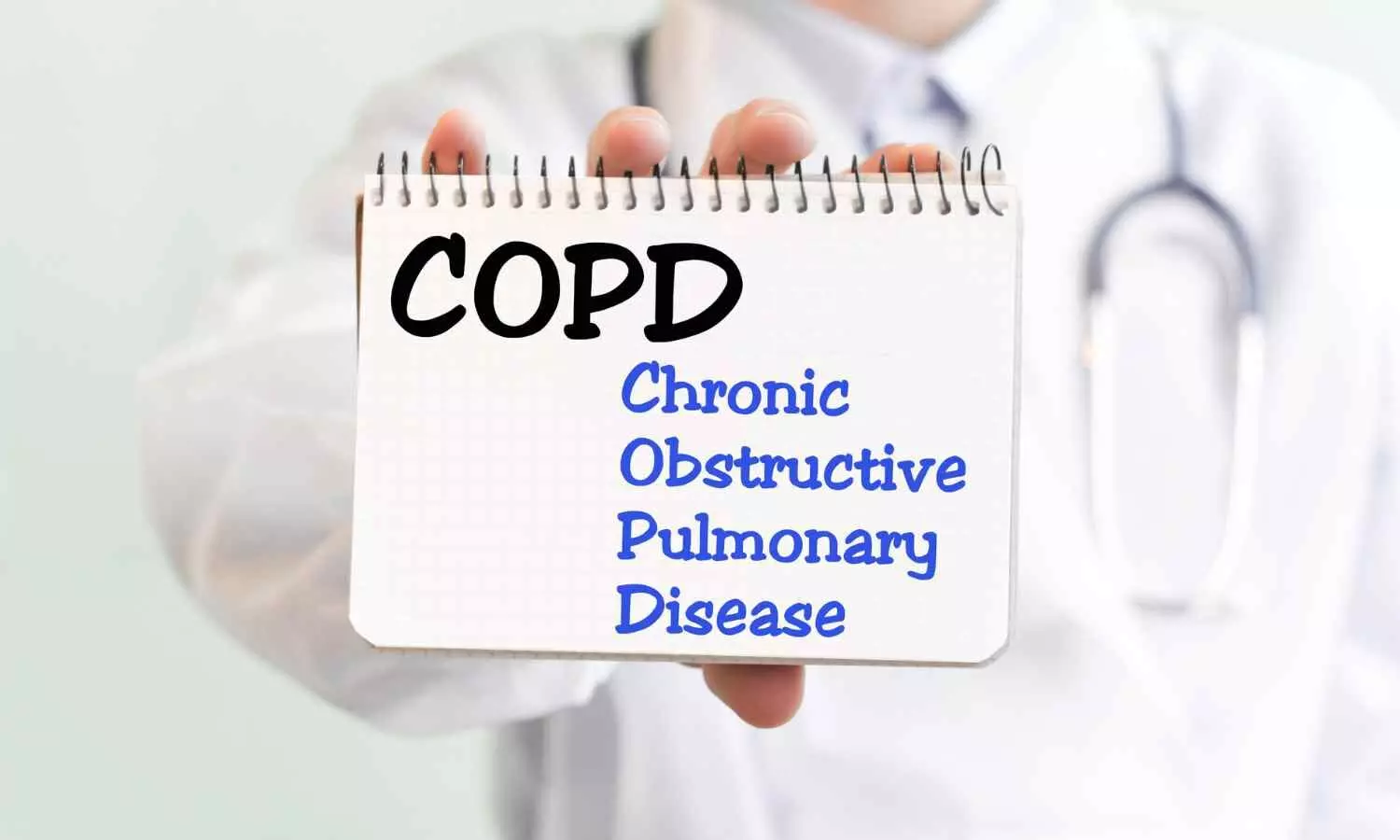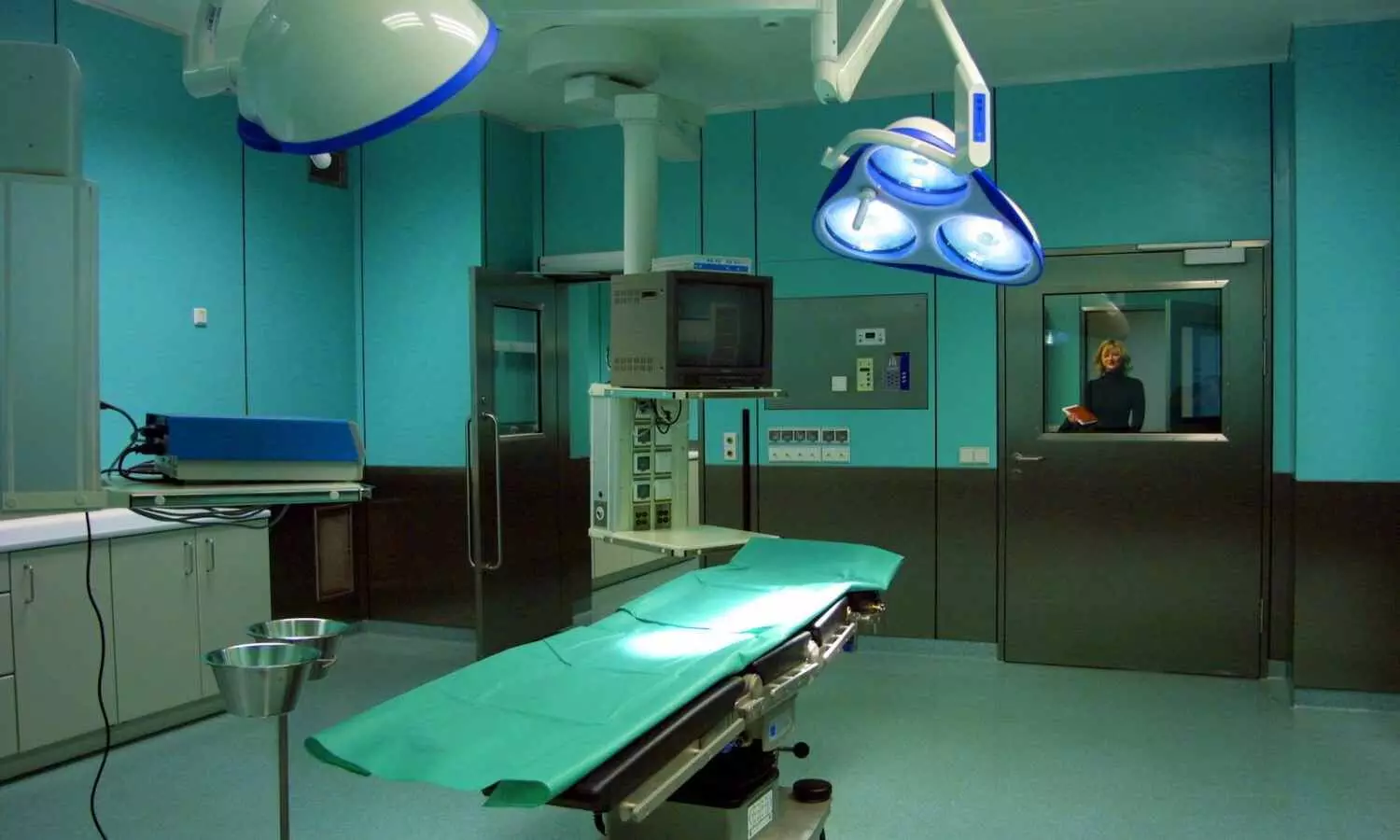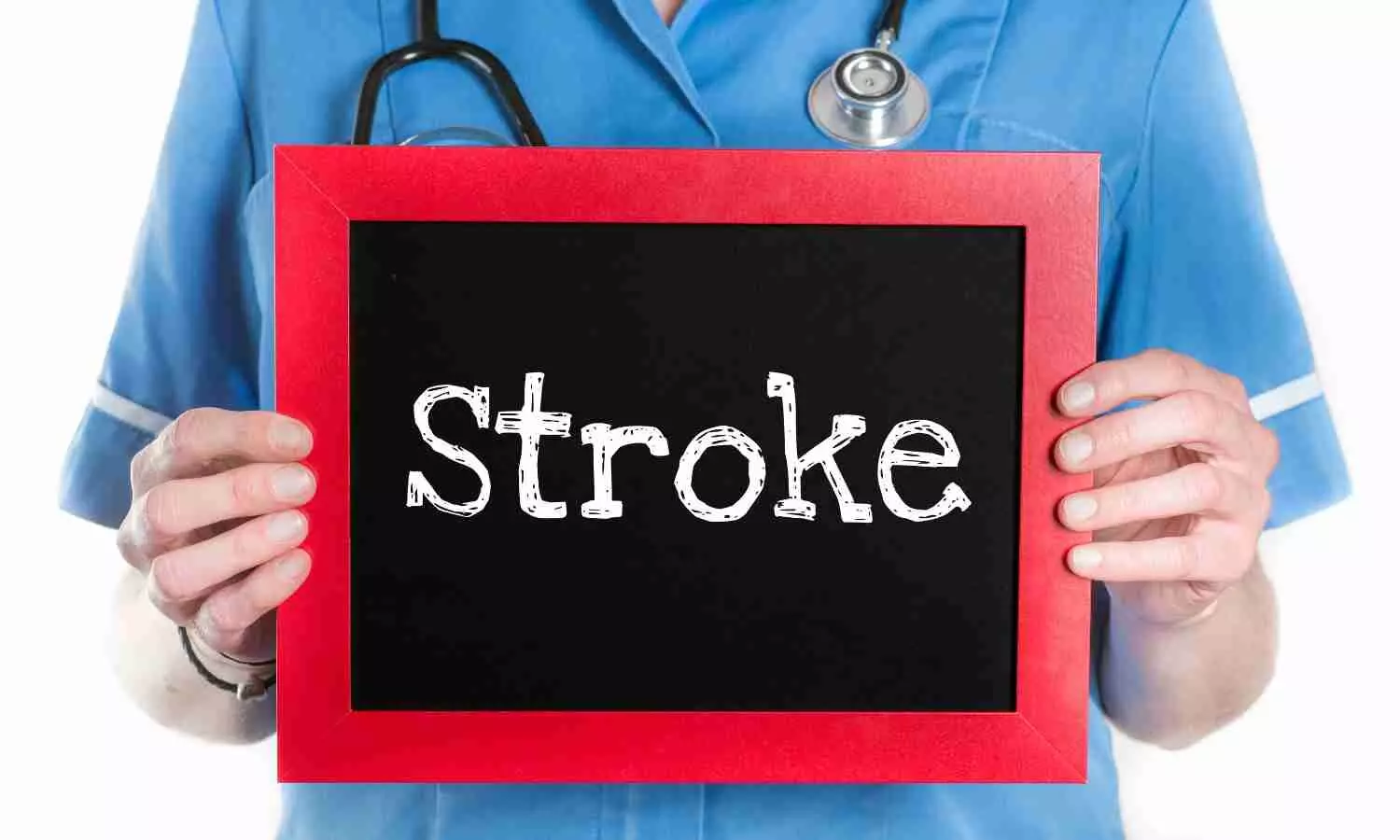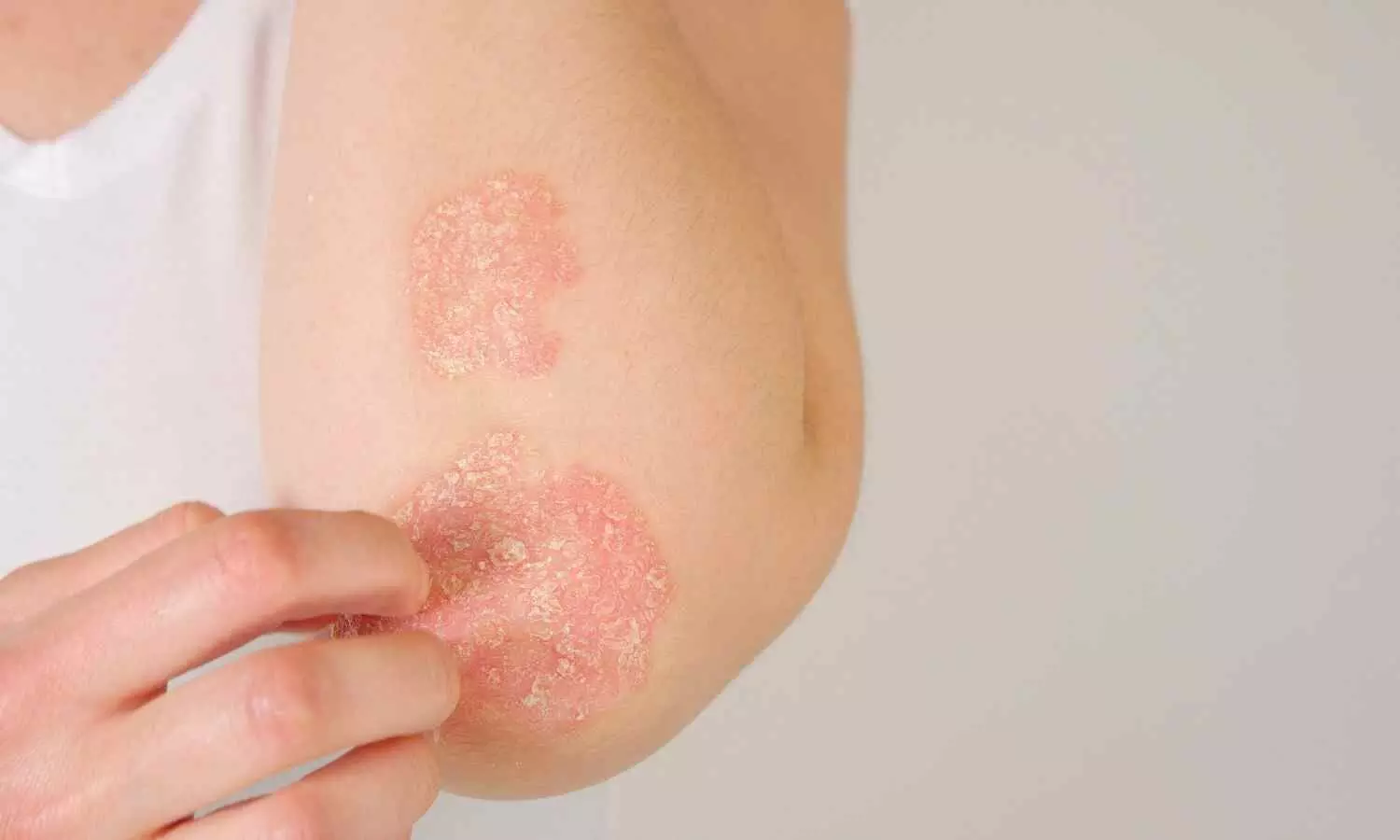
The US FDA has granted accelerated approval to atrasentan (Vanrafia) for reducing proteinuria in adults with primary immunoglobulin A (IgA) nephropathy, according to an announcement by Novartis. Vanrafia is the first and only selective endothelin receptor antagonist approved for this use.It is indicated for patients at high risk of rapid disease progression, identified by a urine protein-to-creatinine ratio (UPCR) of 1.5 g/g or higher.This marks a significant advancement in treatment options for patients battling progressive IgA nephropathy.
Vanrafia was granted accelerated approval based on a prespecified interim analysis of the Phase III ALIGN study measuring the reduction of proteinuria at 36 weeks compared to placebo. It has not been established whether Vanrafia slows kidney function decline in patients with IgAN. The continued approval of Vanrafia may be contingent upon the verification of clinical benefit from the ongoing Phase III ALIGN study evaluating whether Vanrafia slows disease progression as measured by estimated glomerular filtration rate (eGFR) decline at week 136. The eGFR data are expected in 2026 and intended to support traditional FDA approval.
“Today’s approval marks an important milestone for people living with IgA nephropathy, offering a new option that can be seamlessly integrated into their existing treatment plan, with no REMS requirement,” said Richard Lafayette, M.D., F.A.C.P., Professor of Medicine, Nephrology and Director of the Glomerular Disease Center at Stanford University Medical Center, and Vanrafia ALIGN Study Investigator and Steering Committee Member. “Vanrafia is a selective ETA receptor antagonist that effectively reduces proteinuria, a major risk factor in IgAN. Taking early, decisive action is critical to help improve outcomes for these patients who too often progress toward kidney failure.”
IgAN is a progressive, rare kidney disease in which the immune system attacks the kidneys, often causing glomerular inflammation and proteinuria. With almost 13 out of every million people in the US diagnosed per year, it is one of the most common autoimmune kidney diseases, and each person’s journey is unique. Up to 50% of IgAN patients with persistent proteinuria progress to kidney failure within 10 to 20 years of diagnosis, often requiring maintenance dialysis and/or kidney transplantation, and response to treatment can vary. Effective, targeted therapies with different mechanisms of action can help physicians select the most appropriate treatment for patients.
“My son was diagnosed with IgA nephropathy long before there were any medicines approved to treat this condition, so the availability of multiple treatment options is incredibly meaningful for this community,” said Bonnie Schneider, Director and Co-Founder, IgA Nephropathy Foundation. “The approval of Vanrafia broadens the treatment landscape and expands the opportunity to tailor care in a disease that can impact each patient so differently.”
Data supporting approval
In the ongoing Phase III ALIGN study, patients receiving Vanrafia in combination with a RAS inhibitor achieved clinically meaningful and statistically significant proteinuria reduction of 36.1% (P<0.0001) compared to placebo, with results seen as early as week 6 and sustained through week 36. The effect of Vanrafia on UPCR was consistent across subgroups, including age, sex, race, and baseline disease characteristics, such as eGFR and proteinuria levels, in the main study cohort1. A similar treatment effect of Vanrafia was seen in an additional group of patients treated with both a RAS inhibitor and an SGLT2 inhibitor (37.4% reduction in UPCR vs. placebo).
The ALIGN study showed that Vanrafia has a favorable safety profile consistent with previously reported data. Adverse events reported in ≥2% of patients treated with Vanrafia, and more frequently than placebo, include peripheral edema, anemia, and liver transaminase elevation. Because some endothelin receptor antagonists have caused elevations of aminotransferases, hepatotoxicity, and liver failure, clinicians should obtain liver enzyme testing before initiating Vanrafia and during treatment when clinically indicated. Vanrafia may cause serious birth defects. Vanrafia does not require a REMS program.
Transforming care in kidney disease
“We are proud to expand the treatment landscape in IgA nephropathy with today’s FDA accelerated approval of Vanrafia. IgAN is a heterogenous condition that requires differentiated therapies with unique mechanisms of action, and with our multi-asset kidney disease portfolio, we are well positioned to support a broad patient population and advance care for this disease,” said Victor Bultó, President, US, Novartis. “Building on our longstanding legacy in nephrology, we continue to rapidly grow our capabilities in this space. Each launch enables us to more effectively reach patients with the most suitable treatment option and deliver on our promise to transform kidney disease care.”
This is the third US approval received by Novartis for its kidney disease portfolio in the last year, with Fabhalta® having been granted FDA approval in C3 glomerulopathy (C3G) in March 2025 and accelerated approval in IgAN in August 2024. Fabhalta is also being studied in a broad range of rare kidney diseases, including atypical hemolytic uremic syndrome (aHUS), immune complex membranoproliferative glomerulonephritis (IC-MPGN) and lupus nephritis (LN). Studies are ongoing to evaluate the safety and efficacy profiles in these investigational indications and support potential regulatory submissions. An investigational subcutaneously administered anti-APRIL monoclonal antibody, zigakibart, is currently in Phase III development in IgAN, with results expected in 2026.
About ALIGN
The ALIGN study is a global, randomized, multicenter, double-blind, placebo-controlled Phase III clinical trial comparing the efficacy and safety of Vanrafia versus placebo in patients with IgAN at risk of progressive loss of kidney function. In total, 340 individuals with biopsy-proven IgAN with baseline total proteinuria ≥1 g/day despite optimized RAS inhibitor treatment were randomized to receive once-daily, oral Vanrafia (0.75 mg) or placebo for approximately 132 weeks. Patients continue receiving a maximally tolerated and stable dose of a RAS inhibitor as supportive care (unless they are unable to tolerate RAS inhibitor therapy). An additional group of 64 patients receiving an SGLT2 inhibitor for at least 12 weeks was also enrolled. The primary efficacy endpoint for the interim analysis is change in proteinuria, a marker of kidney damage, as measured by 24-hour UPCR from baseline to 36 weeks. Secondary and exploratory objectives include evaluating the change in kidney function from baseline to 136 weeks as measured by eGFR, as well as safety and tolerability.
VANRAFIA Indications
VANRAFIA is a prescription medicine used to reduce protein in the urine (proteinuria) in adults with a kidney disease called primary immunoglobulin A nephropathy (IgAN) who are at risk of their disease getting worse quickly. It is not known if VANRAFIA is safe and effective in children.
VANRAFIA is approved based on a reduction of proteinuria. Continued approval may require results from an ongoing study to determine whether VANRAFIA slows decline in kidney function.










